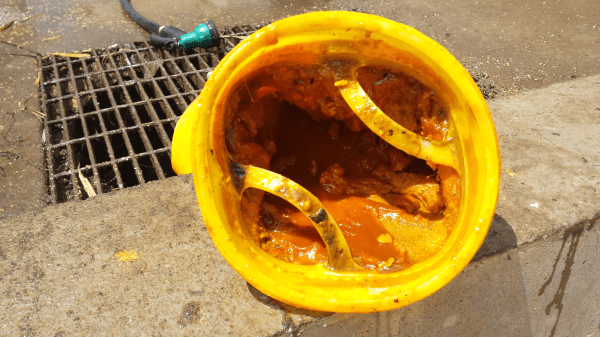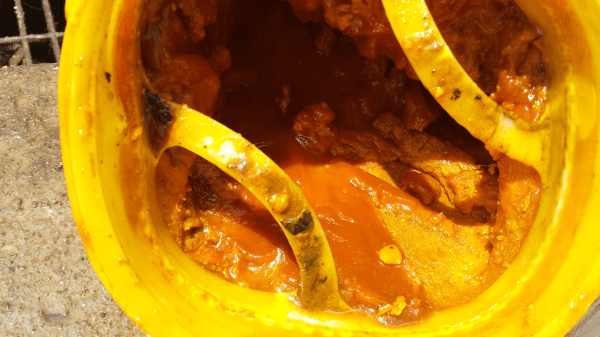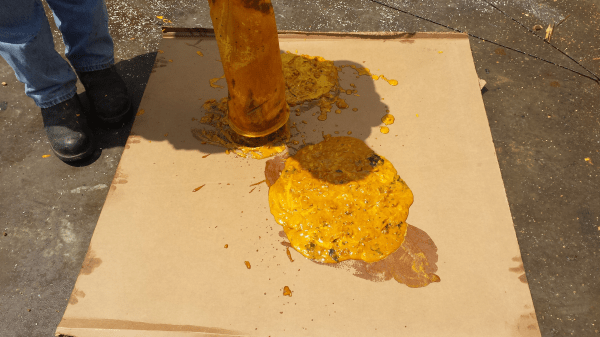
Winterizing
Winterizing
The fundamental purpose of Winterization is to remove unnecessary waxes from wax containing oils. These oils are generally subjected to chilling and filtration to remove waxes and other high melting point substances.
Another key aspect of Winterizing is to separate the unsaturated fats from saturated fats; especially in products such as Palm Oil or other saturated fats. The chilling process solidifies the saturated fats; thus enabling separation via filtration.
A method for winterizing of vegetable oils is described. The method is of an art, comprising the steps of neutralizing the oil, chilling it, mixing in an alkali solution, slow stirring during a residence time to make waxes and other high melting matters precipitate, and removal of same.The present method is especially characterized by the fact that the neutralizing is driven to a soap content of 100-7000 ppm, and that the oil is chilled to a temperature below 15° C., preferably 5°-15° C., and that lye or other alkali is added, corresponding to 0.01-0.06 kgs NaOH per 100 kgs oil, the sequence chilling/addition being optional, whereupon 3-10 kgs water per 100 kgs oil are added with intense agitation, and the mixture so obtained is stirred slowly for more than 1 hour, preferably 1-7 hours, whereupon the mixture so obtained is separated into a heavy fraction, containing water- lye- soap- waxes- and other high melting matters and a lighter fraction consisting of the winterized oil.
Figures:
These figures perfectly illustrate the unnecessary wax found in Corn Oils.






